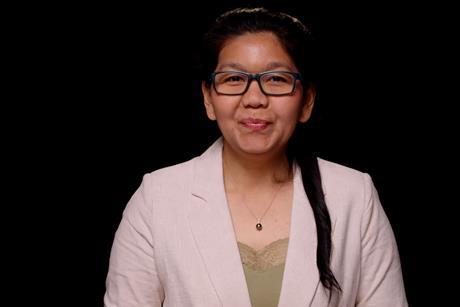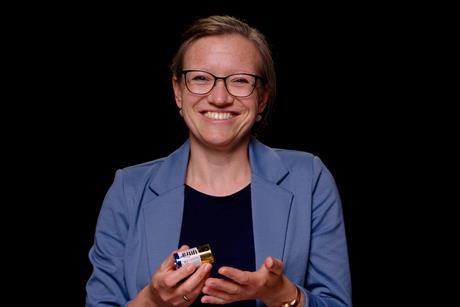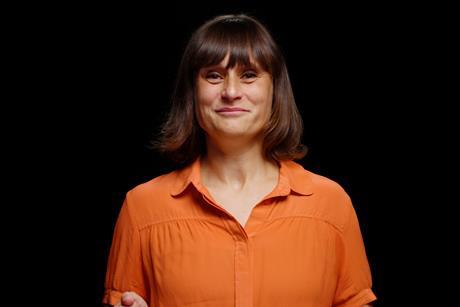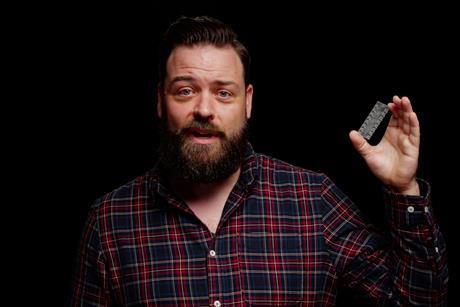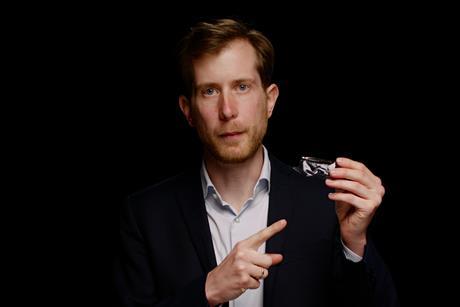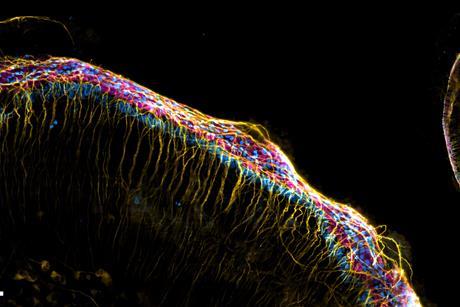Eye-openers
Enzyme Superheroes
Ivana Drienovská specializes in designing enzymes for reactions that do not occur in nature.
Harnessing AI for a greener future
Using AI, Nongnuch Artrith predicts which new materials have the most potential. This way, AI can help us create a greener future.
Electricity from greenhouse gas eating bacteria
Cornelia Welte is working on a battery in which methane is converted into green energy through microbes.
A customised cellular living environment
Maritza Rovers builds a microgel that supports damaged cells in our bodies.
Plastic can be fantastic!
BlueAlp is working on a solution to make circular plastics.
Building with (pruning) wood
Burning construction waste and wood is not efficient. Beyond Wood produces building materials from pruning waste that can be used more than once.
Stephan Hacker – Searching for weak points in bacteria
Stephan Hacker uses molecules to find weak spots in resistant bacteria so that we can continue to develop new antibiotics.
Maurits de Roo – Chemical reactions using electricity instead of chemicals
Maurits de Roo is looking for a way to make molecules with electricity without fossil resources.
Pascal Vermeeren – Unraveling chemical mysteries with new models
Pascal Vermeeren develops models (algorithms) to discover and unravel the mysterious world of surface chemistry.
Making products of the future from CO₂ with bacteria
Nico Claassens wants to use bacteria to make plastics using CO2 from the air as a carbon source instead of (crude) oil.
Tassos Perrakis – Proteins for the people
Tassos Perrakis studies the structure of proteins to understand how they interact and how that impacts cancer.
Alina Chanaewa – Sensing carbon fibre composite cracks
Eddytec has developed an efficient method to quickly assess carbon fibre composites.
Suzan Stelloo – Exploring early human embryogenesis using stem cells
Suzan Stelloo studies proteins to reveal what causes birth defects.
Harith Gurunarayanan – Unlocking the enigma of chemical reactions
Harith Gurunarayanan is developing a tiny sensor that can monitor and analyse in real time the molecules produced during high-temperature reactions.
Fabian Eisenreich – Sunlight-driven plastic recycling
Fabian Eisenreich is investigating how we can use light to break down plastic to reduce the amount of plastic waste that pollutes our environment.
Roy van der Meel – Making your own tailor-made drugs
Roy van der Meel is investigating whether he can use natural building blocks such as fats to transport mRNA codes around the body.
Arnon Lesage – Convert sunlight for optimal plant growth
Arnon Lesage is developing a flexible film that can convert sunlight according to the specific needs of each plant.
Thomas Hansen – Tools for a molecular cabinet
Thomas Hansen uses computer simulations to design new tools for assembling molecules in advance.
Nienke van Dongen – Uroscopy on a microfluidic chip
The earlier cancer is detected, the better the patient’s chances of survival. Nienke van Dongen uses microfluidic chips to detect cancer DNA in urine.
Arnaud Thevenon – Towards zero-waste plastic
Arnaud Thevenon creates plastics with a closed life cycle to ensure a sustainable future with plastics.
Photo Chemistry
Small variations, serious consequences
Genetic variants of the BIM protein increase therapy resistance in leukaemia cells, researchers in Singapore show. Important findings for East Asian populations, where these variants are relatively common.
€5 million for better imaging
Amsterdam-based Confocal.nl has received a €5 million investment to make its live cell imaging more accessible. As a foretaste of what is possible, they have produced this stunning image of a mouse ear.
Creating colours
Colour is an intriguing phenomenon, as it is truly in the eye of the beholder. To create that sensation of colour, nanometer-scale particles need to be structured in just the right way.
Biophotonic ‘windows’ enable symbiosis
Several molluscs have developed benificial relationships with symbiotic, photosynthetic algae. Heart cockles boast advanced biophotonic structures in their shells that operate like optic fiber cables to catch and transmit the incoming sunlight.
The symmetry of bees lies within
Nature is full of symmetry, though often only on the outside, but recently an international team discovered that honeybees also build the inside of their nests symmetrically. As well as being aesthetically pleasing, this has practical advantages.
Clumping pests
A team from Umeå University in Sweden has been studying how bacteria pass on their resistance genes to each other, resulting in a beautiful picture.
Zapping sand
Turning soft beaches into hard rock. American researchers managed this (at least on lab scale) by exposing sea-soaked sand to a mild electric current.
Smart intruders
By studying the infection of lung organoids, Swiss researchers revealed how a notorious pathogen deploys a Trojan horse-stategy.
Organic synthesis goes golden
Working with dyes is asking for pretty pictures. While synthesising fluorescent tracers, Maarten van Meerbeek took this picture of a Cy5 dye.
Necessary neurons
Noses are as diverse as the species they belong to. Ants use antennae to detect and process olfactory signals. But without the Orco protein, the development of the required neurons is halted.
Food fight
Harmful bacteria? Don’t be too quick to judge, because sometimes toxins can also be protective.



